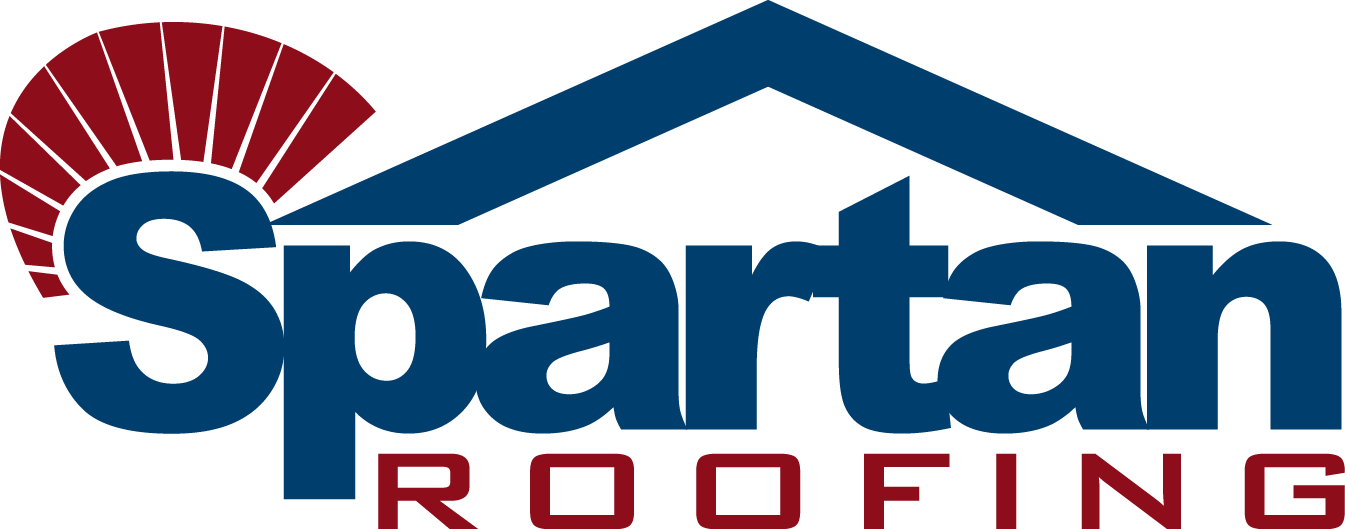
There are many different types of siding available to homeowners nowadays. Check out the list below to see the pros and cons of 10 different types of siding that you can put on your home. Also, this list is just for knowledge. As I read somewhere, an informed homeowner is an empowered homeowner.
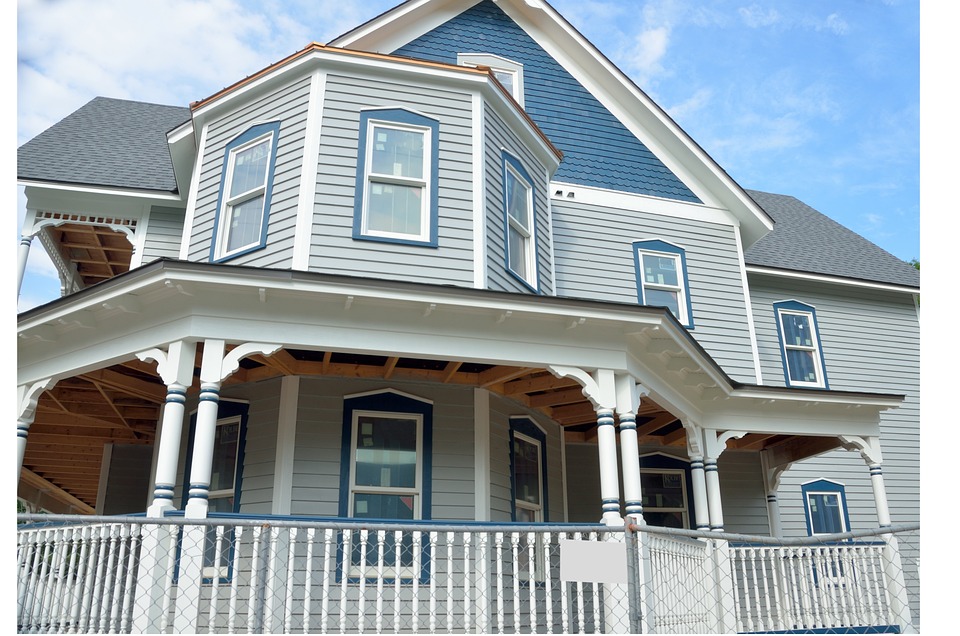
Vinyl siding
Cons- Vinyl siding is not the most durable, it can crack in cold weather. Therefore it is not ideal in colder climates. Although it seems like you (the homeowner) could very easily install the vinyl siding, I would leave it to the professionals. Improper installation could lead to many more problems down the road.
Pros- Vinyl siding is very affordable compared to many of the other options below. It also comes in a variety of colors. Just look at the colors offered by CertainTeed alone. Besides colors, they also come in many different profiles. From a dutch lap to a straight lap, from 3″ to 8″ and even if the finish is woodgrain or brushed, the options are endless. And that’s just CertainTeed, there are many more companies.
If you are curious about how to maintain your vinyl siding, check this out.
Insulated Vinyl Siding
Cons- Just like vinyl siding it is not the most durable. It is also harder than vinyl siding to install. Also, it can fade with sun or crack in cold weather. So, it pretty much has all the cons of regular siding.
Pros- Insulated vinyl siding can add a R-Value to your home of any where from 2-2.7 in some cases. Regular siding has a R-Value of .6. This can help with your energy bills and maybe pay off in the long run. Again, insulated siding has as many options as regular siding.
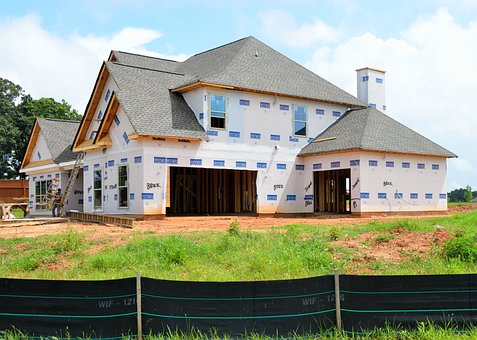
LP® Smartside®
Cons- Money, Money, Money…. LP is one of the most expensive materials that you can use. I’m not saying that it’s not worth it, but it is expensive. And with expensive materials, comes expensive labor. That’s really the only down side to LP.
Pros- Oh, where did we start? LP is highly durable. So much so that they have a 50 year warranty to prove it. LP can come painted and can be repainted whenever your heart desires. So you are not stuck with one color for the next 50 years. They also have a variety of colors and textures as well as profiles as well. Even if you don’t like any of the 16 colors they have, you can paint it yourself. Or have someone else paint it.
James Hardie Board siding
Cons- Hardie board costs more money than vinyl, but is cheaper than LP. The warranty is shorter that LP at only 30 years. Hardie board is a lot heavier than vinyl siding. Vinyl siding is about 60 pounds per 100 sf. Whereas Hardie board is about 300 pounds. It takes a larger work force and a lot longer to install Hardie board.
Pros- James Hardie board is very durable. It’s made of 90% sand and cement. Which makes it fire resistant, bug resistant, rot, mildew and mold resistant. What more could you ask for? This is also a siding that claims that it will be able to withstand the next Katrina.
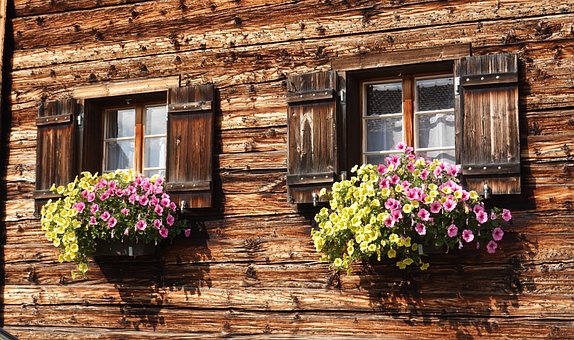
Natural Wood
Con- Natural wood can be expensive and take extensive maintenance. Wood needs to be painted or stained every few years. That being said it takes time and money to maintain the siding long after it has been put up. Also, water damage is a big issue with natural wood. And let’s not get started on bugs, think termites. Although natural wood is beautiful and eco-friendly, it is costly.
Pros- Natural wood is not only eco-friendly but it looks amazing on your home. There are quite a few regions of the US that use only natural wood for their homes. One great advantage is that the material is readily available. Also, it is very easy to replace just a few of the wood shingles at a time. Equally important is the fact that it doesn’t take much skill to install the wood shingles. A homeowner with a just a little bit of carpentry knowledge and the right tools can put these up with no problems.
Manufactured Wood Siding
Cons- Manufactured wood siding is a fairly new product. Therefore, the lifespan of the material is currently unknown. This product also tends to fade in the sun, and the resin coating can also crack in warmer climates. As we know, any cracks in any siding will allow moisture in which is not a great quality. Also, the process to make this siding is not eco-friendly. The engineering process leaks Dioxins, which is a carcinogen. Manufactured wood doesn’t have the look of natural wood because it lacks the grain of the wood.
Pros- Manufactured wood is a great low cost option to Natural wood. It is very easy to install and you would only need to paint it about every 10 years or so. The siding is very durable and comes in a variety of colors, which again if you don’t like you can just paint over it. Finally, manufactured wood siding is resistant to water and weather damage, pest, warping, mold and mildew.
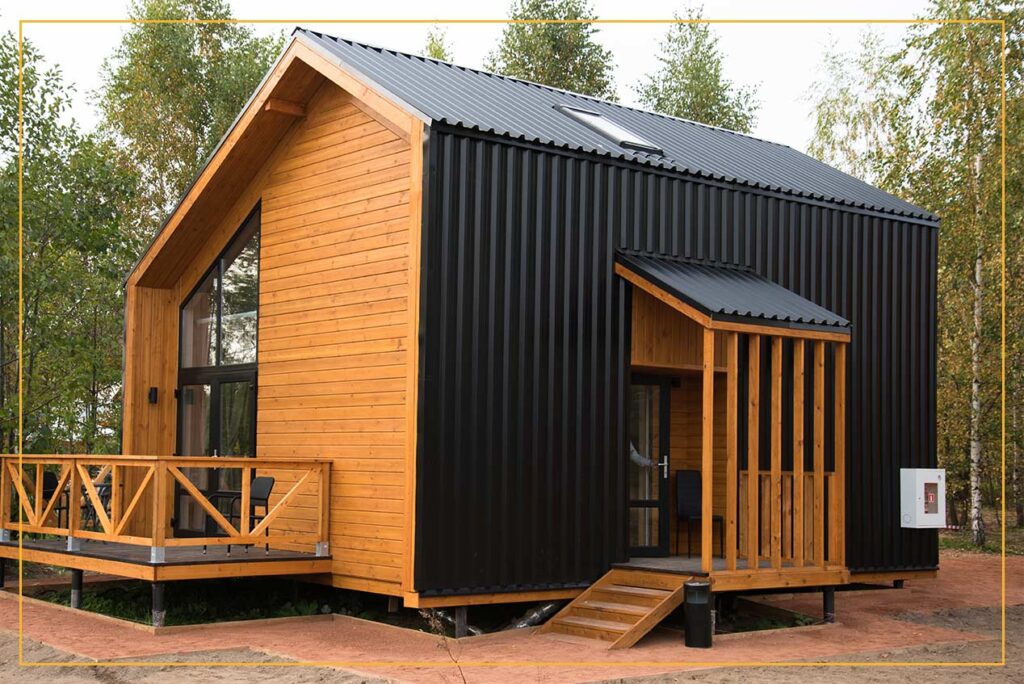
Metal Siding
Cons- Metal Siding can be pretty expensive. I know it seems like I say that about every siding material, sorry, not sorry. However, some metal materials can be cheaper than others, but you get what you pay for. Installation of metal siding can be quite difficult and needs specials tools unlike vinyl siding. Although metal is resistant against mold, mildew, fire and so much more, but it can rust and dent easily.
Pros- Metal siding is very durable. Maybe one of the most durable products you can use as siding. It does come in different gauges, so you can pick what thickness you would like. Metal does reflect the sun, so in the summer the heat is reflected and your home will stay cooler. Also, metal siding is eco-friendly because it can be recycled, so that’s cool. Finally, metal comes in many different colors and styles.
Fiber Cement Board
Cons- Well, Fiber cement board requires a lot of maintenance. They will need to be painted regularly. They can also absorb moisture which can lead to mold and mildew. Another thing about fiber cement board is that it is difficult to install and you will need special saw blades, respirators and ventilation. When the boards are cut they release a carcinogen into the air which can cause cancer. I would leave the installation of cement fiber board to the professionals.
Pros- One of the great things about fiber cement board is that it does have a long life span, up to 50 years. It also comes in many different colors and styles and can be painted every 10 years or so. Unlike vinyl siding, fiber cement board is fire resistant, so you can BBQ close to your home without melting the siding. Finally, fiber cement board is mostly seen on the east coast because it is great in hurricane and tornado areas.

Brick
Cons- Although brick has been the go to in housing for years and years, it has become quite expensive to install. Besides, the installation the variety in brick is not as abundant as vinyl or even fiber board. Brick will also need to be re mortared quick frequently and tuck-pointers are not cheap and it can be hard to match the old mortar with the new mortar.
Pros- I personally love old brick homes. Heck, I live in one! Brick is beautiful, especially the old St. Louis red brick that we are accustomed to in St. Louis. In addition to brick being beautiful, it is fire resistant and helps with temp control in the home. Now I have been told multiple sides about painting brick. Therefore this is something that you, the reader, will have to research on your own.
Stone Veneer Siding
Cons- One of the downfalls about stone veneer is that it cannot be recycled. Therefore it is not eco-friendly. During installation if there are weak spots, they can lead to water getting behind the stone and that leads to mold and mildew. Now, if you get the cheap stone veneer, it will be painted and the paint will eventually chip. Obviously, stone veneer is not as durable as real stone but, it is just as durable as vinyl siding or fiber cement board.
Pros- Stone veneer is very lightweight. It also is very affordable, compared to LP or Hardie board. It is very easy to maintain and take care of. And if you are a DIY’er type of person, this is a project that pretty much anyone can take on and accomplish. Finally, stone veneer siding is very lightweight and can be manipulated around curves too.
If you have any questions regarding installation, repair or replacement, contact Spartan Roofing today.
